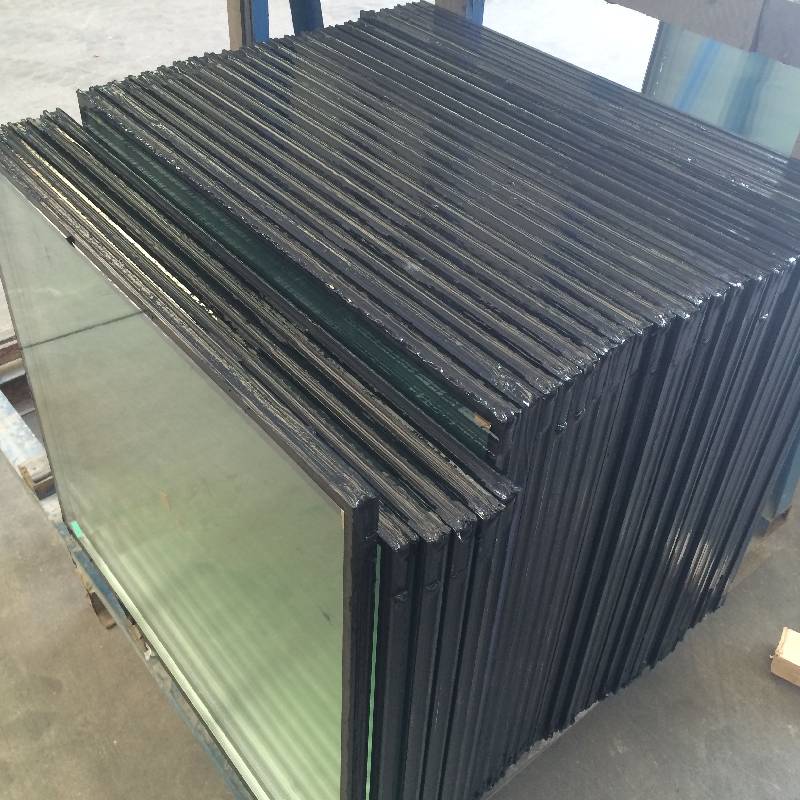

Exploring the Allure of Grey Tinted Glass
In recent years, grey tinted glass has emerged as a popular choice across various sectors, revolutionizing the aesthetics and functionality of modern architecture and interior design. This versatile material, with its sleek appearance and practical benefits, appeals to architects, designers, and homeowners alike. From residential spaces to commercial buildings, grey tinted glass offers a harmonious blend of style and performance, making it a staple in contemporary design.
One of the primary attractions of grey tinted glass is its ability to enhance natural light while simultaneously providing some level of privacy. The subtle hue allows for a significant amount of daylight to penetrate spaces, brightening interiors without overwhelming glare. This quality is particularly valuable in urban settings, where buildings are often situated closely together. Grey tinted glass acts as a barrier against prying eyes, allowing occupants to enjoy their spaces without sacrificing the welcoming nature of natural light.
Furthermore, the aesthetic appeal of grey tinted glass is undeniable. It adds a modern touch to any design, complementing a range of materials, from steel and concrete to wood and stone. This versatility makes it an attractive option for various architectural styles, whether it be sleek minimalism, industrial chic, or a more traditional look. The neutrality of the grey tone means it can seamlessly integrate into any color palette, enhancing the overall appeal of a space without overshadowing other design elements.
In addition to its visual benefits, grey tinted glass is also known for its energy efficiency. By reducing solar heat gain, this type of glass contributes to a more comfortable indoor environment while lowering reliance on air conditioning systems. As sustainability becomes increasingly important in design and construction, grey tinted glass offers an eco-friendly alternative that combines beauty with functionality. It helps maintain a regulated temperature within buildings, ultimately reducing energy consumption and promoting a more sustainable lifestyle.

Moreover, grey tinted glass provides additional UV protection, safeguarding interiors from the harmful effects of sun exposure. Prolonged exposure to UV rays can lead to fading and deterioration of furniture, flooring, and artwork. By incorporating grey tinted glass into windows and doors, homeowners and businesses can protect their investments while maintaining bright and inviting environments. This protective layer enhances the longevity of interior elements, making it a wise choice for anyone looking to preserve the integrity of their space.
The application of grey tinted glass extends beyond just windows and doors. It is frequently used in partition walls, skylights, and facades, creating visually striking points of interest in various settings. In commercial design, grey tinted glass can lend an air of sophistication to office buildings and retail spaces, helping to create a welcoming atmosphere for clients and customers. In residences, it can be used in shower enclosures and balustrades, providing an elegant touch while ensuring safety and durability.
As we continue to embrace modern design trends, grey tinted glass stands out as a timeless and practical choice. Its ability to balance light, aesthetics, and energy efficiency makes it a favored material for innovative architects and designers around the world. Whether you are remodeling your home or embarking on a new commercial project, incorporating grey tinted glass can elevate the design, providing a chic yet functional solution for today’s architectural challenges.
In conclusion, grey tinted glass represents a fusion of beauty and practicality, making it a choice that resonates with those who appreciate contemporary design. Its numerous advantages, from aesthetic appeal to energy efficiency, solidify its position as a cornerstone of modern architecture and interior design. Adopting this versatile material can transform any space, offering a glimpse into the future of design where style meets sustainability.